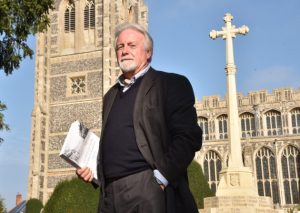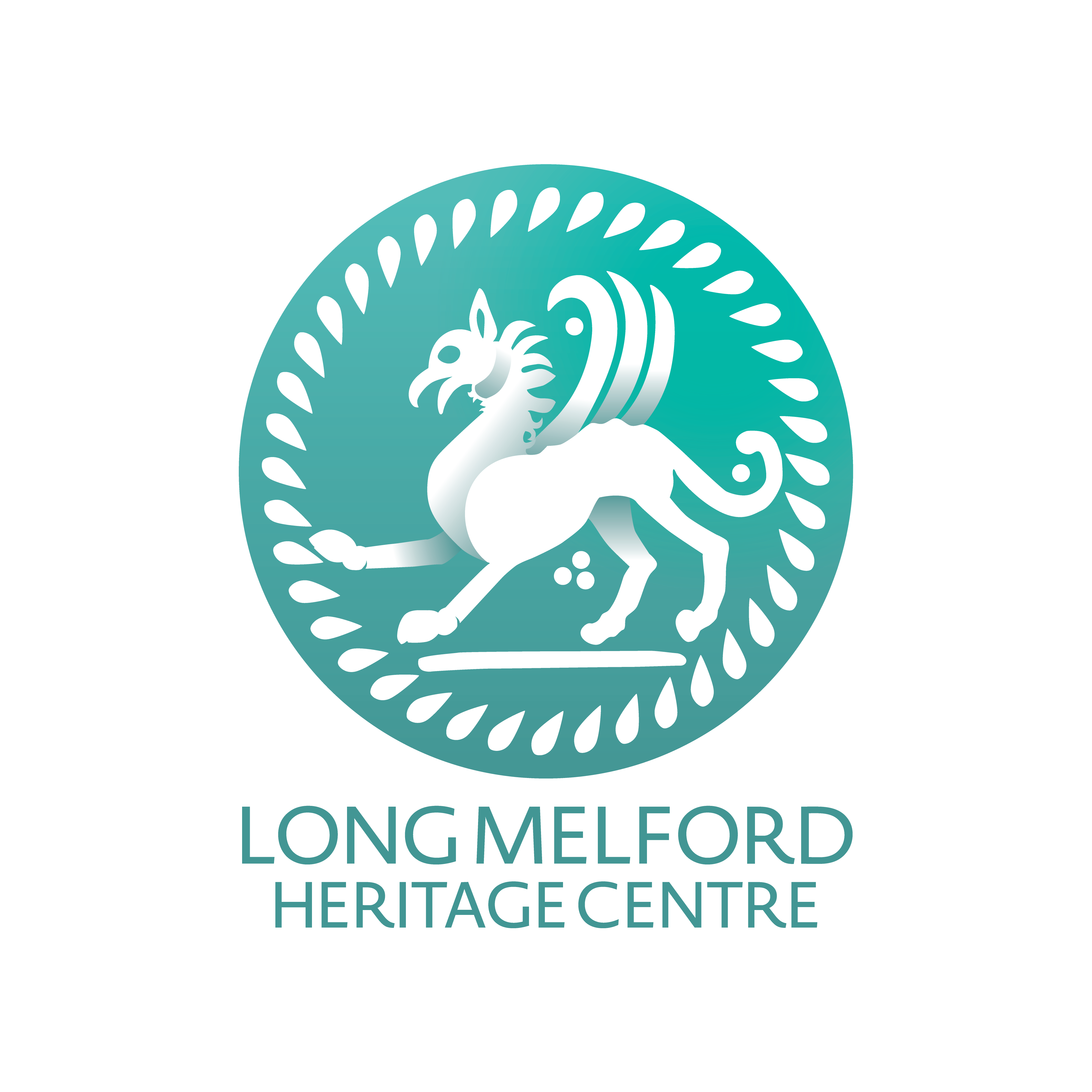LONG MELFORD GREAT WAR ARCHIVE
Standing before the War Memorial in Long Melford in 2013 a question came into my mind, and it is one that I have been trying to answer since that day, which is, if this is the record of the fallen where are the names of hundreds of other men who returned to the village but have no memorial or roll of honour to recall their names? Where communities have produced commemorative books on the Great War, they devote themselves almost exclusively to telling the stories of those who did not return. It is my belief that if we are to pay our respect to the past, we need to not only to remember the men who died but expand the narrative to also celebrate the lives of the vast majority who came home. Nearly ten years of research later, I feel I have come close to resolving this challenge.
One of the issues one encounters when writing such a history is who to include and who to leave out, and just how close their connection should be with Long Melford. Using the War Memorial as a guide I have considered a person worthy of inclusion if in some way their lives have touched the village be it by birth, residency, or close family ties. By examining the Parish’s baptism and marriage registers as well as census returns it has been possible to identify more than two thousand men who would have been eligible for military service during the Great War. Matching these names with extant Army Service and Pension Records, plus those of the Navy, Air Force, Commonwealth War Graves listings and Medal Rolls it has been possible to distil this number into a body of over a thousand men who answered the call to arms.

As the research developed it became clear that the range of material assembled would require a broader approach than the simple list of names that I had originally planned. To turn the bald facts into meaningful biographies more detailed research would be necessary. Casting the net wider I examined regimental histories and battalion War Diaries for details of the battles and campaigns of the conflict and to match these with the soldier’s career and identify, wherever possible, his location and involvement during a particular action on the day he was unlucky enough to be killed or wounded.
The recently released archive of the International Prisoners-of-War Agency held by the International Committee of the Red Cross in Geneva has made it possible for the first time to follow a soldier’s journey from capture to repatriation, which for the purposes of this study has uncovered the records of some twenty local men. Some information came from the unlikeliest of sources, for example the Melford Register of Notifiable Diseases, created to record outbreaks of scarlet fever and diphtheria or the more prevalent cases of tuberculosis. By the latter stages of the War this ledger was also recording the names of returning soldiers suffering from malaria, and thus adding further textural detail to a man’s history and an indication to his overseas posting.
The archive includes more than 1,350 Melfordians who served their community and country, at home and overseas, through the cataclysm of the world’s first great industrial war. These are listed alphabetically by surname with each biography supported by a genealogical tree, and family photographs where these are in the public domain.
For details of the hundreds of men and women who made a difference visit our World War One Archive.
 Roll of Honour can be found here
Roll of Honour can be found here
For more information on the units and organisation of the British Army during the First World War please visit Long Long Trail
David Gevaux, MA
Spring 2022







